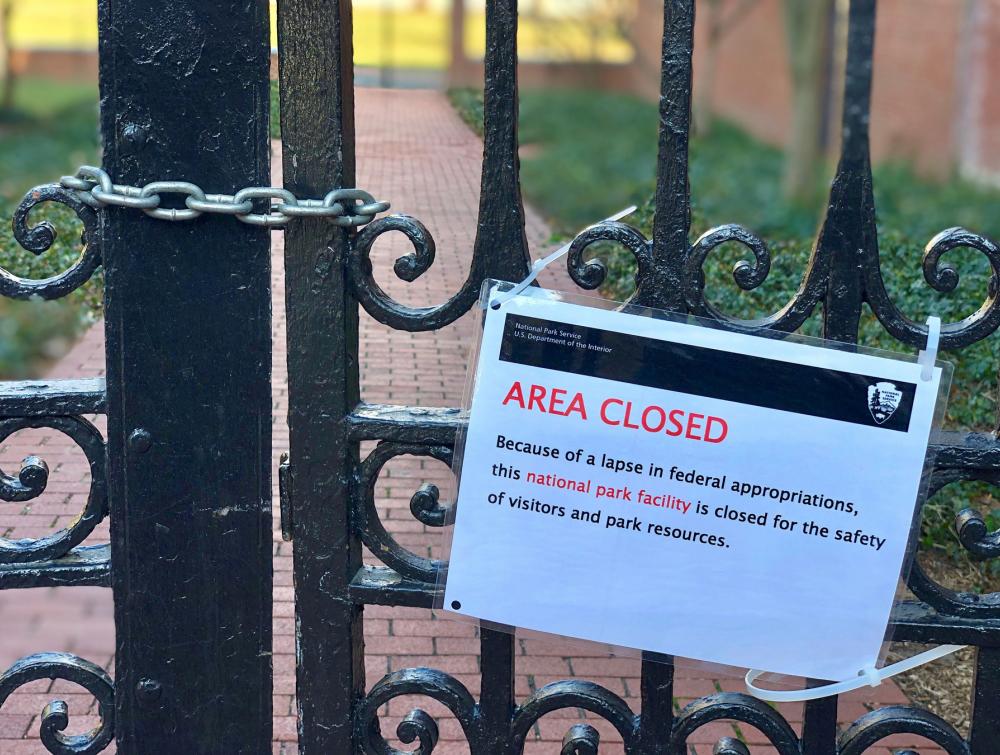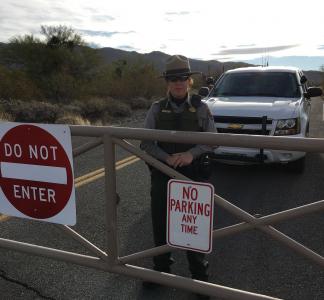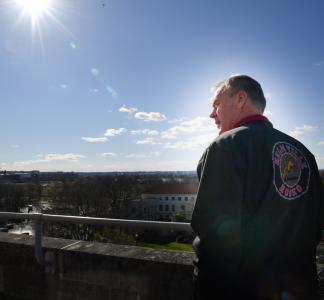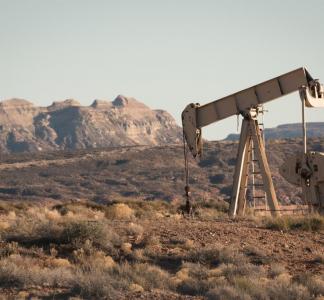National parks in crisis: Tales of the Trump Shutdown

Sign noting park is closed during government shutdown at Independence National Historical Park, Pennsylvania
NPCA, Flickr
Two weeks in, unplowed roads and “human waste issues” at national parks
The “Trump Shutdown” of the federal government is two weeks old. As with the last shutdown, in early 2018, some of the most vivid illustrations of the consequences have concerned dysfunction and confusion in America’s national parks.
In January of last year, then-Interior Secretary Ryan Zinke widely advertised his plans to keep public lands open, but the reality on the ground was much more complicated. Visitors were met by a variety of staffing contingencies, closed visitor centers and even shuttered restrooms. At some parks, reduced search-and-rescue capacity and unsupervised roadways raised doubts about whether it was even safe to forge ahead.
This time around, national parks are partly shut down, and the results are much the same. Some, like Zion National Park, have stayed open with the backing of local non-profits, offering the caveat that emergency and rescue crews would be limited. In other parks, bare-bones staffing has led to overflowing trashcans, closed toilets, unchecked looting and a variety of negligent behavior. As a spokesman from the National Parks Conservation Association told CNN, "People are trampling and destroying the things they want to preserve without knowing it.” In still other parks, the lack of federal funds to plow snowy roads has forced officials to shut people out.
“The idea of keeping park gates open while shutting down services and sending rangers home is window dressing at best– an attempt to avoid bad optics that will only lead to bad outcomes,” said Jonathan Asher, The Wilderness Society’s government relations manager, conservation funding, in a statement at the beginning of the shutdown.
Here is a quick look at some of the high-profile shutdown consequences in national parks:
Looting, vandalism and destruction
- Limited staffing in national parks has led to bad behavior in many places. Looting of historical objects has been reported at Joshua Tree National Park, and rumors are swirling about unlawful fires and even people cutting down trees.
- With little supervision, visitors at some parks feel free to drive recklessly off-road, endangering wild habitat and cultural areas.Cameras at Big Bend National Park caught vehicles driving around barriers into restricted areas and parks including Joshua Tree have also noted incidents of visitors driving off-road.
- At Yosemite, dogs are going without leashes in areas with bears and other animals, posing a danger to both pets and resident wildlife
Overflowing toilets and garbage galore
- With cleanup services nonexistent in most national parks, stories of packed-to-capacity dumpsters and waste bins are common. Yosemite National Park announced it is limiting access through the park’s south entrance in part due to trash piling up along popular routes. At Big Bend National Park, the superintendent raised the issue that trash will attract bears, putting both people and the animals themselves at risk. In some parks, volunteers and state governments have been forced to pick up the slack by funding trash collection and other services.
- Even more disturbing are tales of overflowing toilets or closed restrooms. Joshua Tree National Park was forced to close all its campgrounds effective Jan. 2 because of “human waste in public areas.” Similarly, many iconic parts of Rocky Mountain National Park, Yosemite National Park and others are now being closed due to “human waste issues” including visitors relieving themselves on the side of the road.
Treacherous hiking trails and roads
- Sections of Sequoia and Kings Canyon national parks have been closed in part because trails are not being sanded, shoveled or otherwise maintained, leading to at least one injury amid the icy conditions.
- Canyonlands, Arches and many other national parks have been forced to close roads because they can’t be plowed during the shutdown.
Limited emergency services put visitors at risk
- Most national parks have warned would-be visitors that they will have to visit at their own risk, as staff are in short supply. Indeed, one hiker in Big Bend National Park reportedly had to be rescued by good Samaritans after breaking his leg because the shutdown spread emergency personnel too thin
Economic hardship for park staff, local businesses, communities
- The shutdown is hurting employees of America’s public lands agencies, some of whom are missing out on sorely needed paychecks.As one retired staffer told USA TODAY about the National Park Service’s 17,000 employees, "This is not a political issue to them. This is bread-and-butter to them: Coming to work, doing their job and being paid for it in a timely way."
- Business-owners who depend on national park visitors have reported losing out on thousands of dollars of revenue.
- As a lodge owner adjacent to Mt. Rainier National Park told The News Tribune, small business owners are “not going to have an opportunity to recoup those losses,” unlike park rangers who at least stand to earn back pay after the shutdown ends.



